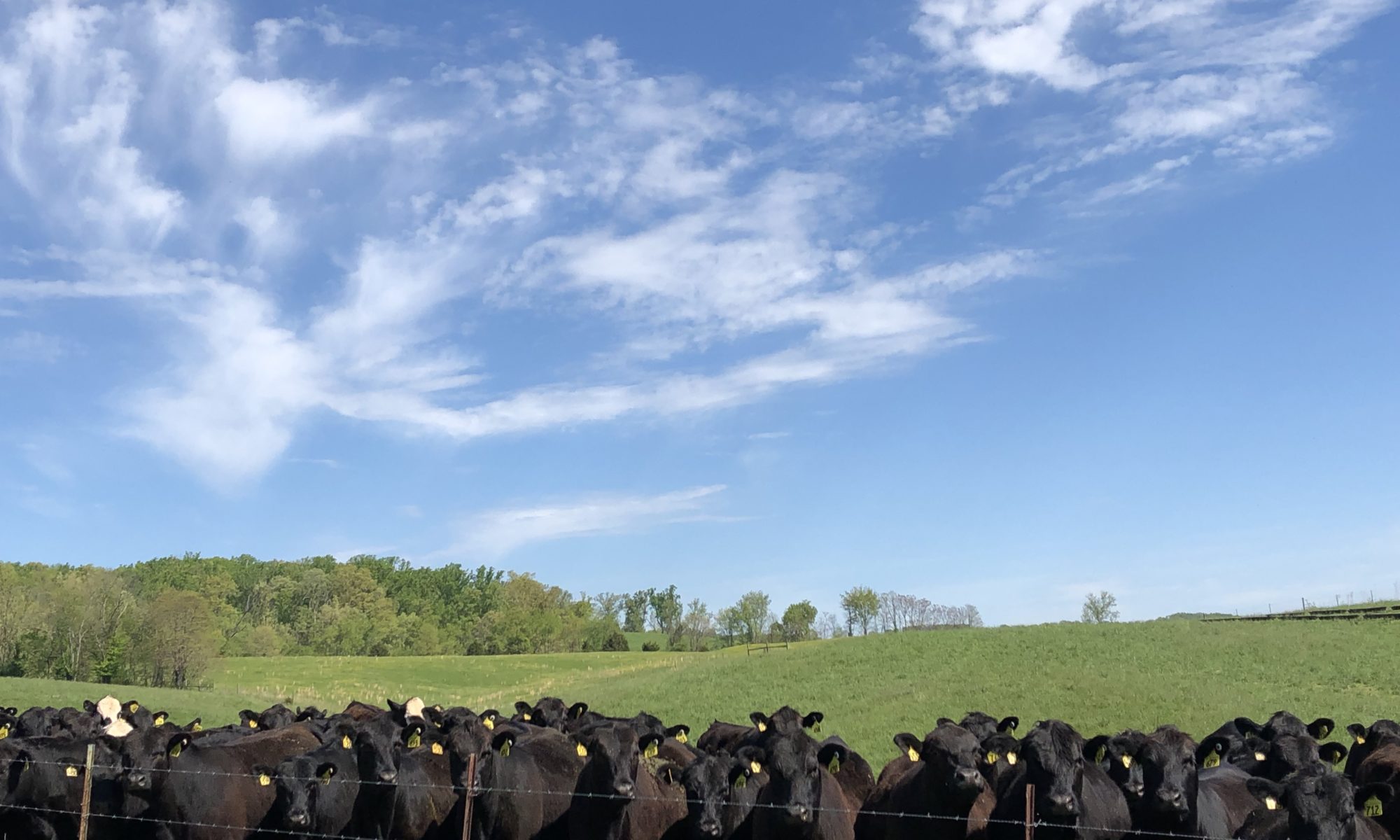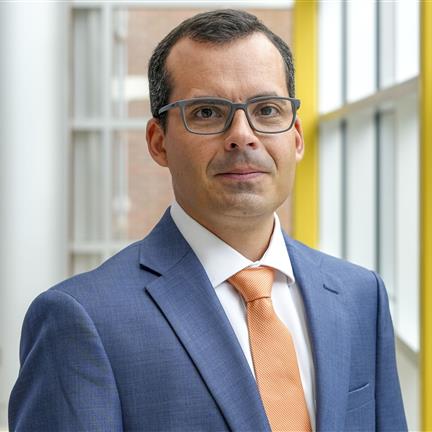

Dr. Bruno Pedreira
Associate Professor and Extension Forage Specialist
Department of Plant Sciences
Director, UT Beef & Forage Center
P: 865-974-3535
The U.S. Roundtable for Sustainable Beef General Assembly Meeting in St. Louis was great. Being able to discuss sustainability with all segments of the livestock operation, including producers, industry, packers and processors, retail and food service, and civil society (i.e., University of Tennessee) is very interesting. Among several topics, I would like to highlight the discussion on:
1. Water management: it is especially important to U.S. Middle-West states, where water has been a scarce source. There is a clear need to make better use of water sources and it seems to be the most critical issue for a few years.
2. Economic viability in conjunction with sustainable practices: there is no way back in the sustainable route, and all the big retail and food services are pushing hard to attend to consumer demand for sustainable beef. It is a real demand and creative ways to be profitable and sustainable are needed.
3. Engaging on a global scale: meetings such as COP28 are dictating rules and defining standards for sustainability in all industries. We need to make sure our voice is well-represented there. Global agreements are already coming from there and directly affecting our livestock production in the entire chain.
4. Finally, the discussion on the role of a written grazing management plan to reach sustainability in a forage-based livestock operation. According to the survey results presented at the meeting, producers are evenly split between having a grazing management plan or not. Out of the 50% of the farmers that have a written grazing management plan, 21% have a written plan, and 79% do not. This means that only 10% (21% of 50%) of the cattle producers have a written grazing management plan. It is estimated that 238 million acres of grazingland in the US are operated without a grazing management plan. Therefore, one of the most important activities in a livestock operation that affects stocking rates, animal intake, and, consequently, animal performance, is conducted with no planning. It does not mean that we don’t care, or don’t manage our pastures, but we are not yet operating forage-livestock systems as forage farmers. Worth remembering that in the U.S. there are 588 milling acres of permanent grassland pasture and rangeland accounts for 26% of all U.S. land and half of the agricultural land (Lubowski et al., 2006).
Sustainable beef should not be viewed as a challenge, but rather as a promising opportunity, particularly in Tennessee where livestock production primarily relies on forage-based systems. There exists significant potential to achieve sustainability through adequate grazing management.
Lubowski, R.N., M. Vesterby, S. Bucholtz, A. Baez, and M.J. Roberts. 2006. Major uses of land in the U.S. Economic Information Bulletin 14. USDA-ERS, Washington, DC.